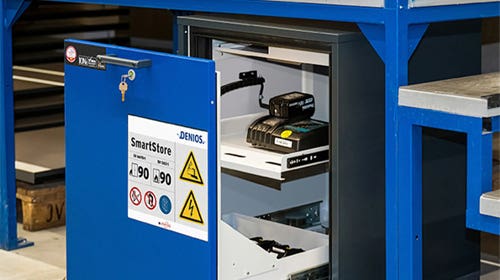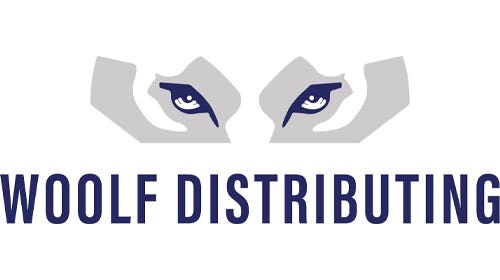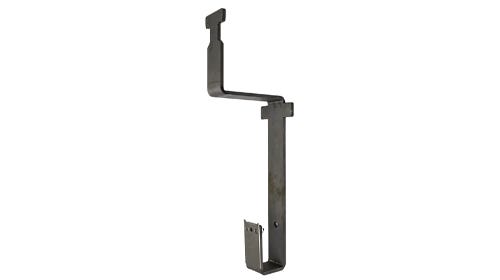Price of exotics climbs with high demand
Exotic hardwood sales are strong in the U.S., even though supplies are scarce. While imported species generally make up a smaller part of a hardwood dealer’s business, an increasing lack…
Exotic hardwood sales are strong in the U.S., even though supplies are scarce. While imported species generally make up a smaller part of a hardwood dealer’s business, an increasing lack of availability of non-domestic species has some suppliers worried they won’t have the products their customers want in the future. Dealers interviewed by Woodshop News say they want to continue to carry popular woods, such as purpleheart and zebrawood, even though prices are climbing because of their limited availability.
Rocky Mehta, owner of West Penn Hardwoods in Olean, N.Y., says sales of exotic species are stronger this year than in 2010, but supplies are becoming difficult to obtain.
“The only species that are flooded in the market are the red-colored species, African mahogany and sapele. Other than that, purpleheart, paduk, bubinga and zebrawood have all climbed in price by 15 to 20 percent due to lack of availability. And, because of the shortage and the restriction put in Cameroon and Gabon [in West Africa], I see that the market will be stronger and the prices will go higher.”
Mehta hopes to keep his inventory well-stocked because of the demand. He says customers he hasn’t seen or heard from in years are coming back and saying they can’t find 12/4 paduk or zebrawood, for example.
Doug Grove, supervisor at Groff & Groff Lumber in Quarryville, Pa., says sales of exotic species are a little better than last year.
“We’ve gone through quite a bit of anigre and wenge recently, and we’ve always consistently sold a little bit of zebrawood, redheart and purpleheart. I actually sold a bit more purpleheart this year than I usually would but that’s because the customer was doing a fairly large floor out of it,” says Grove.
He concedes that prices are going up for exotic woods and that it’s getting harder to find affordable material.
“It seems like the Bolivian rosewoods and wenge went up, but purpleheart, redheart, ebony and mahogany are all staying pretty flat right now. I think a lot of it has to do with just the shipping costs. At the beginning of the year, a number of trucking companies put a 33.5 percent fuel surcharge on everything, so that definitely didn’t help.”
Grove is seeing more exotics used to cater to design preferences. Ebony is selling well, for example, because a lot of furniture makers want to make a light and dark contrast in their pieces. He’s also seen more requests for ripsawn walnut, which he calls an “exotic domestic” because no one cuts walnut that way deliberately.
Al Rose, branch manager of MacBeath Hardwood Co. in Berkeley, Calif., also says exotic species sales are very good, but the lack of supply is driving up cost and affecting the supply. He sees a general lack of availability from wholesalers. While there are certain seasonal shortage times for exotics, they’re not as available as they use to be. Nevertheless, the demand is there.
“Generally, the more colorful the wood seems to be one of the criteria for a lot of people walking in. The rosewoods for small projects, the boxes, jewelry boxes, things like that, seem to be very strong,” Rose says.
Retail prices for purpleheart range from $5.50 to $7.50/bf; wenge is in the $15 to 20/bf range, and zebrawood tops out at about $22/bf.
This article originally appeared in the October 2011 issue.







